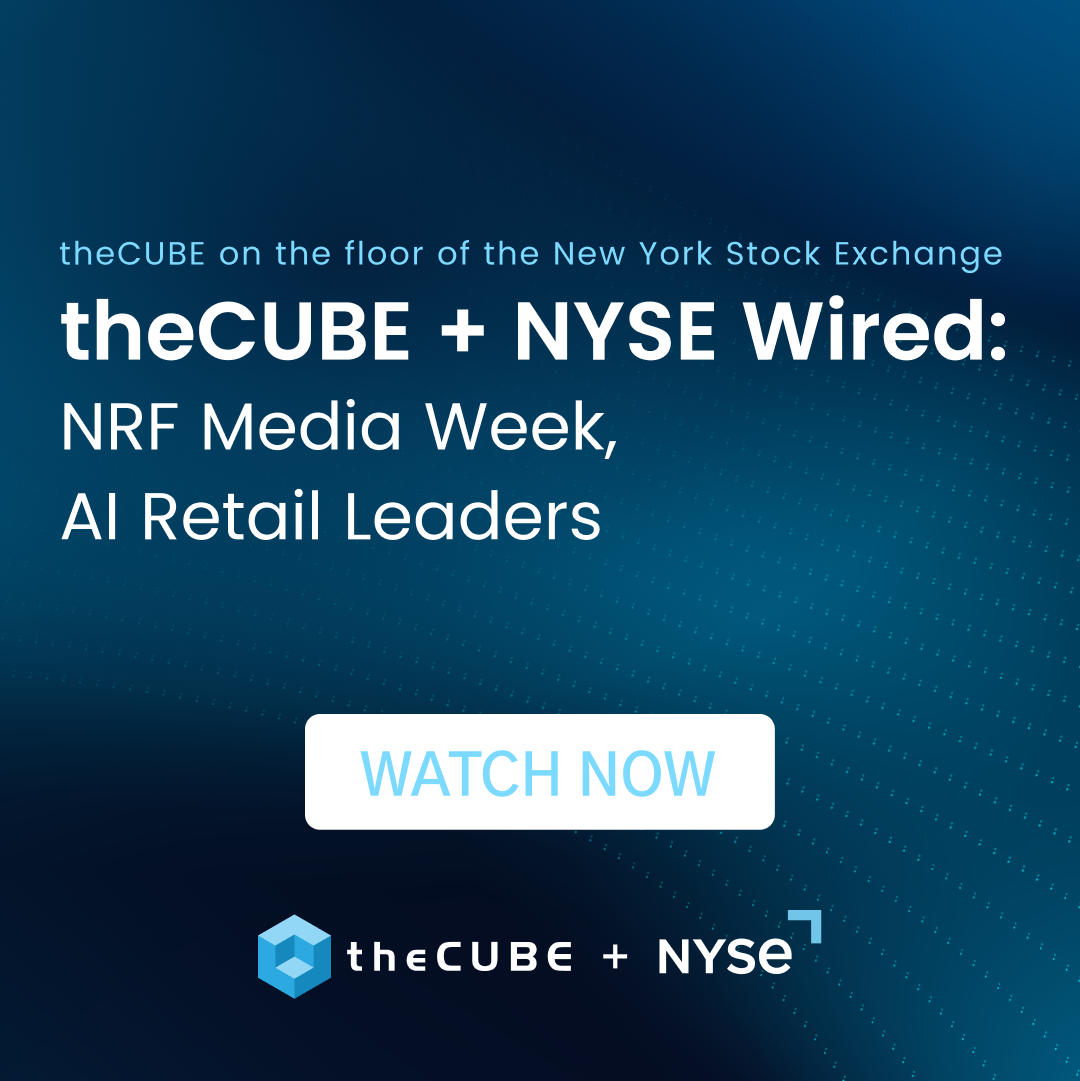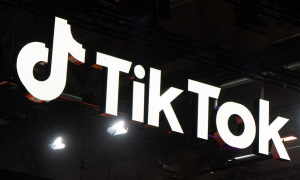Crowdsourcing and the Design Community
This is an issue that I simply cannot wrap my head around. Spec work appears in the design field infinitely more times than any other industry. It absolutely floors me that people think that it is even remotely ethical to build their businesses by tearing down ours.
Mark Hemmis’s comment on AIGA policy statement on spec work
The past couple years have seen an increase in the use of crowdsourcing by companies to procure design assets. It works like this:
- Requesting organization posts a request for submissions to a design crowdsourcing site (e.g. 99designs,crowdSPRING, MycroBurst, etc.)
- Interested designers review the request, and create their entry
- They submit their entry to the site
- Requesting organization selects its favorite, pays the winning designer the announced fee
These design requests are often for logos, but for a number of other types of initiatives as well. For example, 99designs’ list of requests (to the right) gives some sense of the types of projects.
So far, so good, right? Well, a lot of designers think not. As Mark Hemmis’s comment above shows, these open spec work contests have been raising the ire of the designer community.
Is crowdsourcing ripping their industry asunder?
Designers’ Beefs with Crowdsourcing
Three aspects of crowdsourcing design raise concern for many in the design industry:
- Lack of compensation for designers whose entries are not selected
- Diminishes the design profession
- Not sustainable in the long term
Compensation: To be competitive, individuals will need to invest some time in designing a submission for a company. With a good number of entries, this equates to a decent number of hours invested. As Pamela Pfiffnerwrites:
The problem is, spec and crowdsourcing can lower your value and hourly rates so far that minimum wage looks like a fat paycheck.
Her statement takes things to a logical extreme – someone would have to do nothing but spend their time entering contests. But she does a good job framing the issue.
Diminishing the profession: The issue with crowdsourcing is that it says, “this stuff is easy!” A commenter on this post, How NOT to Design a Logo, baldly gives this concern legitimacy:
Logo design contests are great, its the only way I go. I get my pick of 5-10 designs for less then $20. Designers these days are a dime a dozen, be happy you get the work.
The design industry has characteristics of being craftsman, as well as strategists. At least the higher end firms do. Sentiments like that are grating.
Not sustainable: The concern here is that over the long term, the economics of crowdsourcing will cause existing designers to exit the industry, and potential designers will opt for different careers. Here’s how Jacob Cass thinks about it:
Design contest sites are not the future of graphic design… nor do I see a time when it ever will be, however, in the long term I believe spec work is going to be detrimental to the design industry… both devaluing design and designers as a whole.
The argument here is that rather than expand the pool of talent for design, crowdsourcing will ultimately reducethe industry.
So designers themselves are lining up against these types of crowdsourcing design contests. Which begs the question…
Why Are Crowdsourcing Design Contests Growing?
I saw this comment from Jason Aiken of 99designs (March 1, 2010):
Truth is – 99designs is growing by leaps and bounds. We have record numbers of projects being launched and have needed to hire new staff to help us keep up with the growth.
The motivation of organizations seeking design work seem clear enough – tap a large network of creativity, manage expenses within budget. But what are those designers doing there?
It seems that not all designers are of the same mind about these crowdsourcing design contests. Some actually embrace them. Why?
Build your portfolio: Not all designers in the world have 10 years experience and a roster of paying clients. For those starting out in the business, the competitions provide great fuel for creating designs. If you want prospective clients to see what you’re capable of, the design competitions seem to offer a chance to create that portfolio. Benefits:
- You need to think not abstractly about design principles, but concretely about how a design project relates to a business
- Competitions are great for elevating one’s focus and creativity
- You can benchmark yourself against other submissions, including those selected if yours is not
Personal interest: Some projects just pique the interest of a person. Maybe there’s a day job with a paying company, and then a chance at night to do things “your way” on a project of interest. The project taps some areas you want to pursue, or maybe allows you to try something out without concern as to whether the client will ultimately want the design.
Extra business: Everyone is hustling in a weak economy. If your design business has some slack in demand, why not apply the available creative resources toward an occasional crowdsourcing project? If you’re a professional shop, presumably your odds are better than most.
Access to high-end ad agencies: This was the case when Porter Crispin + Bogusky solicited logo designs for their start-up client Brammo, maker of electric motorcycles. They ran the contest through crowdSPRING. The contest sparked plenty of debate, but also saw 700 entries. One reason was that young up-n-coming designers wanted the chance to impress a firm of the caliber of PC+B, who can send many paying clients their way.
That’s the designer participation set of motivations. I guess the best way to think about companies’ motivation is this:
Do they get results?
Since the number of requests from companies is growing, design crowdsourcing sites are working at some level. If they weren’t, word would spread pretty quickly and companies would stop using them. This comment from designer Morgan Stone on Alex Bogusky’s blog post about PC+B’s use of crowdSPRING is illuminating:
As a designer… crowdsourcing scares me. I think it has to do with the harsh reality that sometimes it doesn’t take experience or a big title to design something truly amazing.
What’s the staying power of the crowdsourced design contest approach? And will it disrupt the industry, in the Clayton Christensen sense?
Sustainability and Reach of Crowdsourcing Design Contests
Altimeter Group’s Jeremiah Owyang wrote last year, “Without a doubt, Specwork (like crowdspring or 99 designers) is here to stay – economics will drive this forward.” For the buyers, yes. But the supply side of the equation – the designers – is that here to stay?
I believe it is. The numbers say it is. Here’s what I mean:
In a 2009 article, Forbes noted that there are 80,000 free lance designers in the U.S. alone. Add in the talent from around the world, and you can see that there is a large of pool of creativity. Maybe 200,000 designers globally? 99designs claims roughly 54,000 designers on its site.
Designers have some motivation to participate in crowdsourcing design contests, as noted for the reasons above. It’s not like every designer will submit regularly. But every project reaches some new set of designers, and occasionally gets a repeat one as well.
All it takes is for a business seeking design work is maybe 30, 40, 50 submissions? As a percent of the global number of designers, that’s not much.
40 / 200,000 = 0.02%
Here’s what one designer said about getting clients from crowdsourcing sites:
I’ve had direct clients and also have been one of those in the crowd. Surprisingly, some of my best clients are the ones that followed me from these crowd sourcing sites. That’s probably because they’ve already been through a working process with me, and they like what they’ve experienced, so there’s no mismatch of expectations like a new client.
I do see the sustainability of the business. It’s complex, but there are enough people who do see advantages to participating. Even if only for certain periods of their lives or only on occasion. I don’t see entering crowdsourcing design contests as a full-time pursuit for someone.
Next question: how much can crowdsourcing chip away at the traditional areas of the design industry? There’s a gap that crowdsourcing addresses (Erica’s post, Bokardo’s post):
Many designers in the debate note the importance of establishing a rapport with clients, and understanding their clients more deeply than a set of colors and fonts. A firm such as Nocturnal Graphic Design Studio appears to deliver value through deeper relationships and more strategic approaches with its clients.
But Erica’s point above is well-taken. Sometimes, you’re not in the market for that level of involvement. Small and mid-sized businesses do not need the full horsepower of high-end design firms. As one designer (snootily) commented on the PC+B blog post about using crowdSPRING:
99 designs and their nefarious brethren have a client roster whose market recognition for the most part is similar to that of “joe’s morgue & jerky outlet.”
Of course, this may not be contained to SMBs.
The Disruptive Potential
Have you checked out what Mountain Dew is doing with crowdsourcing (aka “DEWmocracy”)? As Wired notes in a January article:
Mountain Dew is asking consumers to choose three new sodas, from selecting the flavors to naming them, designing the cans and choosing the ad agency to promoting the product.
Not all of this is crowdsourcing design, but it is an edgy experiment in leaving the professional firms behind.
Right now, as Steve Douglas of the Logo Factory notes, the biggest chunk of business is for logos. Which you can see at the start of this post in the 99designs project list.
The U.S. Census Bureau had the graphic design industry generating $2.8 billion in revenue in 2002. It is a large, diverse, complex industry. My expectation is that design contest crowdsourcing will encroach more into large enterprises for tactical projects, as the smaller businesses continue to use them and get good results. Large companies’ efforts, such Mountain Dew’s DEWmocracy, Unilever’s crowdsourcing contest for a TV campaign for its Peperami snack food, and Doritos’ crowdsourced Super Bowl ads, add fuel to this.
Two things are needed for the crowdsourcing model to encroach further into the design industry:
- Leaderboards/reputation
- Smartsourcing
Leaderboards let prospective buyers know who the best are. We see them on Topcoder for programming contests. It’s a way to establish visibility and credibility far beyond the recommendations you maintain on your own site. It will take some changes by the crowdsourcing sites, enabling recognition for designers who do well in contests, even if they are not picked. It also would need to have different bases for identifying top designers.
The other wrinkle is to allow a form of smartsourcing. Once the top designers are identified, they are invited for larger companies’ design projects. This is pretty similar to the current state of things, except the basis for access changes somewhat. It’s not just business relationships a designer/firm has established with the big ad/marketing.brand agencies. It’s based on performance.
With these two elements, I can see how crowdsourcing becomes more important, more disruptive, in the world of business design.
[Editor’s note: Hutch crossposted this on his personal blog. –mrh]
A message from John Furrier, co-founder of SiliconANGLE:
Your vote of support is important to us and it helps us keep the content FREE.
One click below supports our mission to provide free, deep, and relevant content.
Join our community on YouTube
Join the community that includes more than 15,000 #CubeAlumni experts, including Amazon.com CEO Andy Jassy, Dell Technologies founder and CEO Michael Dell, Intel CEO Pat Gelsinger, and many more luminaries and experts.
THANK YOU











